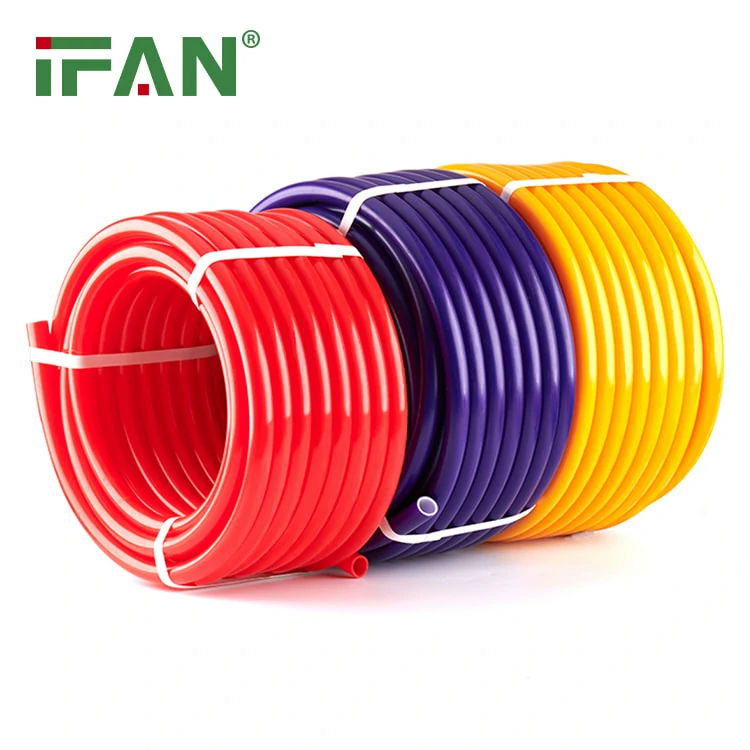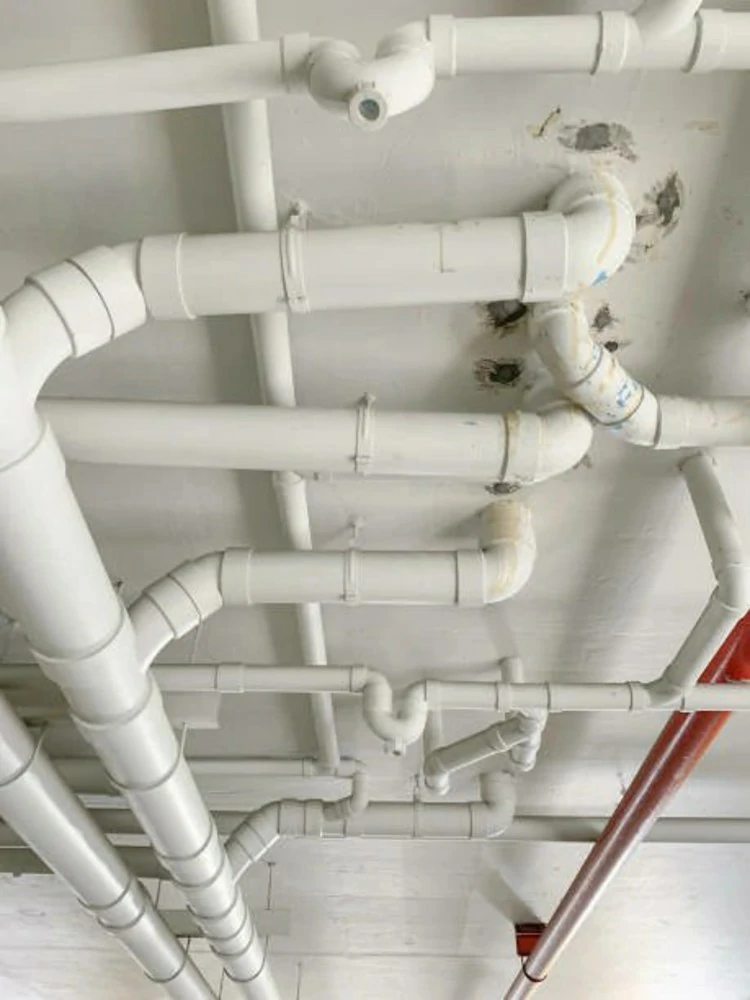The installation process is a crucial aspect of any plumbing system, and PEX (Cross-linked Polyethylene) piping has gained popularity for its ease of installation and versatility. In this article, we delve into the intricacies of installing PEX piping, breaking down the steps and highlighting the advantages that make it a preferred choice for residential and commercial plumbing projects.

1. Preparation: Gathering Tools and Assessing the Environment
Before commencing the installation of PEX piping, proper preparation is essential. This involves gathering the necessary tools and assessing the environment where the pipes will be installed.
1.1 Tools for PEX Installation: The installation of PEX piping requires specific tools, including a PEX tubing cutter, crimping tool, expansion tool (for PEX-A), crimp rings, and fittings. Having the correct tools ensures a smooth and efficient installation process.
1.2 Environmental Assessment: The flexibility of PEX piping allows it to navigate various spaces. Assessing the environment involves identifying the layout of the plumbing system, noting any obstacles, and planning for the optimal route of the PEX pipes. PEX’s adaptability makes it suitable for both new construction and retrofit projects.
1.3 Consideration of Local Codes and Regulations: Before installation, it’s crucial to be aware of local building codes and regulations pertaining to PEX piping. Compliance with these standards ensures that the installation meets safety and performance requirements.
2. Installation Techniques: Crimping and Expansion Methods
PEX piping offers two primary installation methods: crimping and expansion. Both methods are widely used, and the choice between them depends on factors such as project requirements and personal preferences.
2.1 Crimping Method: The crimping method involves using a PEX crimping tool to secure the PEX pipe onto fittings. Crimp rings are placed over the pipe and fitting connection points, and the crimping tool compresses the rings to create a tight seal. This method is efficient and well-suited for various PEX types, including PEX-B and PEX-C.
2.2 Expansion Method (PEX-A Only): PEX-A, known for its superior flexibility, allows for the expansion method. This involves using a PEX expansion tool to enlarge the pipe diameter temporarily. Once expanded, the PEX pipe can be easily inserted onto fittings. As the pipe contracts, it forms a secure connection without the need for additional rings or clamps.
2.3 Advantages of Each Method: The crimping method is straightforward and requires fewer tools, making it a popular choice for many installers. On the other hand, the expansion method is praised for its reliability and the absence of potential weak points associated with crimp rings.
3. Tips for a Successful PEX Installation: Minimizing Risks and Maximizing Efficiency
Ensuring a successful PEX installation involves adopting best practices and being mindful of potential challenges. Here are some tips to minimize risks and maximize efficiency during the PEX installation process.
3.1 Maintain Proper Support: Proper support for PEX piping is crucial to prevent sagging or potential stress points. Secure the pipes using clamps or hangers, especially in vertical or horizontal runs.
3.2 Avoid Tight Bends: While PEX is flexible, excessive bending can lead to kinking and reduce water flow. Use gentle curves rather than sharp bends, and consider using support inserts for tighter turns.
3.3 Perform Pressure Testing: After installation, it’s recommended to perform pressure testing to ensure there are no leaks. This involves pressurizing the system with air or water and checking for any drop in pressure that could indicate a potential issue.
3.4 Labeling and Documentation: Proper labeling of PEX pipes, especially when used for different purposes (hot water, cold water, etc.), helps in maintenance and future renovations. Documenting the layout of the piping system is beneficial for troubleshooting and repairs.
conclusion
In conclusion, understanding the installation process of PEX piping involves thorough preparation, choosing the appropriate installation method, and adopting best practices to ensure a successful and efficient plumbing system. The versatility, ease of installation, and adaptability of PEX piping make it a preferred choice for various applications, providing a reliable solution for both residential and commercial projects.
Contact:
IFAN is a manufacturer with 30 years of experience, specializing in plastic pipes, fittings, and valves in China. If you are interested in IFAN’s copper valves, PPR valves, pipes, and fittings, feel free to contact us. IFAN provides various standard pipes to meet your specific needs. Click the link below to explore IFAN’s diverse, cost-effective valve products, as well as related pipeline system products.
We will reply your email or fax within 24 hours.
You can call us at any time if there is any question on our production.
For more information,pls visit our webside https://www.ifanplus.com/
Pls Mailto: [email protected]






